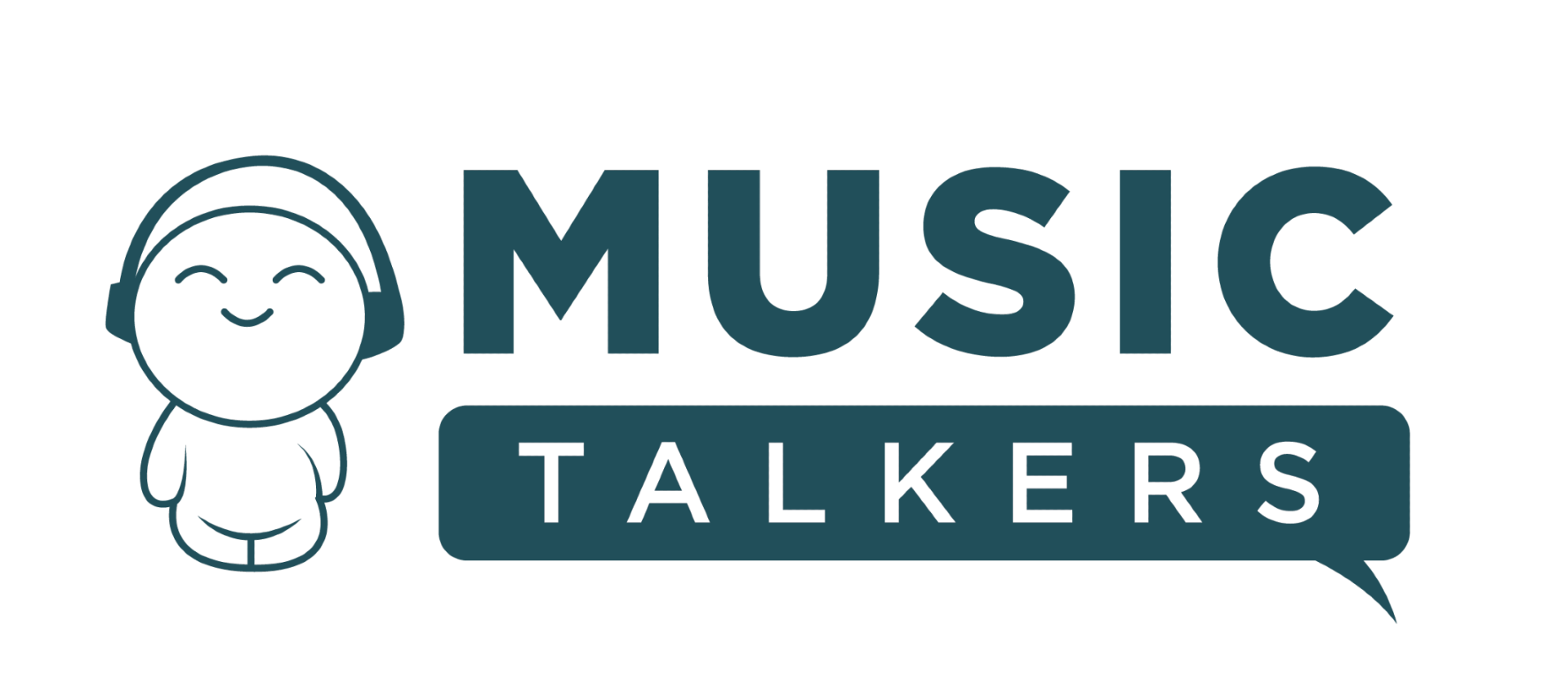Bringing Ivory Coast Drumming to America
-
in Latest
I've been fascinated with rhythm as far back as I can remember. I recently saw an old family video taken when I was two years old, tapping my spoon against the table between bites of Cheerios. It wasn't until attending my first drum circle many years later (and after scores of annoyed grade school teachers), that I finally found a home for my incessant banging.
A strange and unexplainable sense of calm and entrancement can come over you at the peak of a communal rhythm. You don't have to speak with the stranger sitting next to you to get to know them; everyone in the circle is communicating with rhythm. In that moment, everyone is at total peace with each other.
"The drum circle, back home, represents unity," says Biboti Ouikahilo in a deep voice inflected with his native French. "When you get in the circle, you make peace. Back home, it is very powerful."
"Back home" for Ouikahilo is Ivory Coast, a West African country with rich rhythmic and dance traditions, which was colonized by France until 1960. While the colonizers may have largely stripped Ivory Coast's 60 ethnic groups of their native languages, their music traditions have been preserved. From his 17-year stint as a professional musician and choreographer in Ivory Coast's National Ballet touring dance and drumming group, which showcased each of the country's ethnic groups, Ouikahilo became an expert in the musical traditions from his home country.
After the National Ballet dissolved in 1995, Ouikahilo made plans to share his extensive knowledge with the world. "I wanted to share what I learned from the National Ballet with people who may not know about it [these traditions], rather than stay at home," he says. He relocated to New York City in 1997, working as a teacher and performer, and he even went on tour with Jimmy Buffet in 2000. But, in 2003, while performing for Syracuse University, he found his future home.
"I grew up in a big city, and when I came to the US, I lived in another big city," Ouikahilo explains. "I didn't think that, being in New York City, the people were going to take to my message because there are a lot of drummers and dancers there. I was looking for a quiet place, where people would listen."
Last year, Ouikahilo and his wife, Jill, a Syracuse-native and African drum and dance expert, opened up their dream business, Wacheva Cultural Arts organization. And they couldn't have chosen a better spot: Syracuse's Westcott neighborhood, where artists, students, and for want of a better word, "alternatives" congregate to form a wonderfully colorful and diverse section of town. If Ouikahilo was looking for a place with open ears, he certainly found it in the Westcott Nation.
One night after work, I grabbed a digital recorder and my trusty djembe and made the walk to participate in one of Ouikahilo's classes.
As it turned out, I didn't need to bring a drum at all--Ouikahilo had an impressive collection of djembes, dun duns, and shakeres, set up and ready to go in one of Wacheva's two dance studios.
Joining three of his regular students and Jill, we played a traditional rhythm called kadama, which comes from Ouikahilo's own ethnic group, the Guro people. "Kadama means 'let's try it'," explains Ouikahilo.
According to legend, kadama was created by the Guro people, who were trying to compose a ceremonial rhythm, except that no one would take the initiative. Finally, one individual had enough and took charge of the situation, conducting improvised rhythms to the group. Through trial and error, they arrived at kadama. The message is one of creation and initiation: the creation of the rhythm, being played together, symbolizes what one can do, both individually, and in contribution to a greater whole.
This was not the kind of drum circle I was used to. In fact, Ouikahilo conducted from behind the dun dun, and the students were lined up facing him. It wasn't technically a circle at all. Still, there was something very powerful about this setting. Unlike a free-form drum circle, everyone in this group had a well-defined role to play, a specific place to "sit" in the rhythm. If any one person dropped out, the whole thing risked collapse.
At first, this was a little unnerving to me, as I was playing a foreign instrument, the shakere, and playing a rhythm I had never heard before. Also, the rhythm became more complex as each new drum was introduced, making me worry that I would lose myself in the mix. I quickly relaxed into my role, however, and within a few minutes, it felt completely natural. I even started to experience the same sense of calm and camaraderie with the other students that I had felt at drum circles.
"There's the physical benefit of playing the drum, and a real connection because you're using your hands to play," says Jesse Covell, a wireless engineer and one of Ouikahilo's dedicated students. "There's also a spiritual connection when you get into the rhythm together. We've really grown, all of us together." Covell played drums and percussion throughout grade school, but never had the chance to learn traditional African drumming until joining the class.
Lynne Fall, an office coordinator at Syracuse University, has also had a fascination with African drumming for a long time, and enjoys taking part in the class every week. "I always used to watch drum circles in Central Park, when I lived in New York City, and I was completely captivated" she says.
When Fall moved to Syracuse a few years ago, she experienced the same captivation when she watched Ouikahilo drumming with members of the community, which inspired her to learn to play. "He had non-Africans with him playing drums, and I said to myself, 'They had to learn how to play the drum. They didn't learn it growing up!'"
She has been taking lessons for about a year, and Fall finds the traditional aspect of this drumming style--connection through time--very appealing. "I really like that it's being done the same way today that it's been done for generations," she says. "The drums are made the same, the rhythms are the same, and the sound is the same. There's nothing high-tech about it; it's very primal."
"Rhythm is part of our culture," Ouikahilo says of his home region. "When we are in the harvest, the drum is there; when there is any ceremony, ritual, or wedding, the drum is there."
This style of ritual drumming, accompanying traditional weddings, harvests, and funerals, has little to no relevance in our culture. Social drumming, in the form of the drum circle, however, does exist here, and it has much the same purpose as in Africa: to promote peace, unity, communal bonding, and sometimes, altered states of consciousness.
In addition to teaching traditional African drumming, Wacheva hosts free community drum circles led by Jill Ouikahilo. Having studied traditional West African drumming and dance, she is excited to offer a more free-form style of drumming to the community. "The reason we're doing this is to build more vitality in the community, and it's a perfect marriage to have traditional African drum classes with the drum circle," she says.
Look around your town; chances are there is a cultural ambassador close by. Exposing yourself to music from other cultures gives you a glimpse into other ways of life that are very different from your own. In learning about other kinds of music, you gain a fresh perspective on the styles that you have heard and played your entire life.
I really enjoyed this taste of traditional African drumming. Obviously, there is a lot to learn, but some of the benefits jumped out at me immediately. As we were leaving, Jesse and Lynn asked me enthusiastically, like we had known each other much longer than the one-hour class, "You're coming back, right?" The bonding power of music never fails to amaze me.
About the Author
Jason Borisoff is a staff writer for Making Music magazine. He dusted off his old djembe and remembered how relaxing it is to beat out rhythms.
or post as a guest
Be the first to comment.













